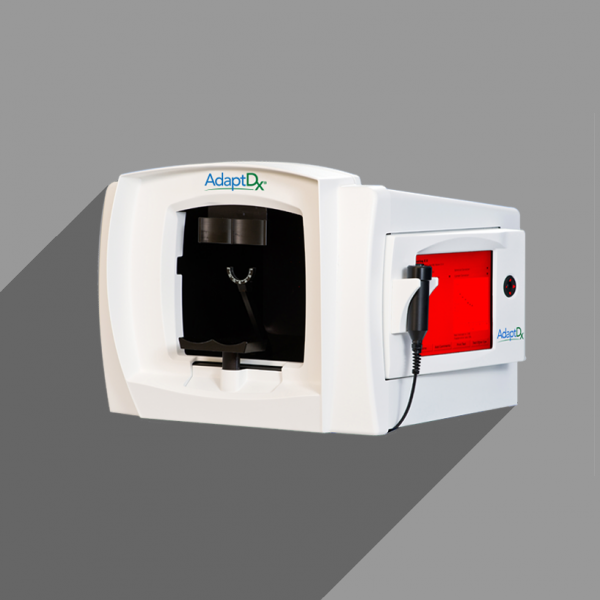Dark Adaptation Testing to Identify AMD
Dark adaptation is the ability of our eyes to adjust from light to darkness. Research shows that this function is compromised from the earliest stages of AMD and impairment increases as the disease progresses.text here In fact, impaired dark adaptation indicates the presence of AMD at least three years before drusen are visible.ii
ALSTAR Study: The Science Behind Dark Adaptation
The Alabama Study on Early Age-Related Macular Degeneration (ALSTAR study) tracked 325 adults age 60 and older. Each subject had normal macular health, as verified by clinical exam and grading of fundus photographs. When dark adaptation was assessed, 24% of subjects showed dark adaptation impairment at baseline.
Three years later, the subjects with impaired dark adaptation were two times more likely to have AMD and eight times more likely to have advanced beyond the earliest stage of AMD. In fact, the study showed a positive correlation between degree of dark adaptation impairment and severity of AMD. At the follow-up visit, all subjects with severe AMD were identified as having dark adaptation impairment at baseline.
The ALSTAR study was groundbreaking in that it demonstrated dark adaptation impairment indicates subclinical AMD at least three years before the disease is clinically evident.
It would be unimaginable nowadays to diagnose glaucoma without both structural and functional testing. With today’s technology, the same can be said for AMD, as functional testing complements structural findings for the earliest indications of the disease.
Functional Testing to Detect Subclinical AMD
Considering dark adaptation is impaired years before structural changes in the macula are observed, assessing dark adaptation function can be invaluable in detecting subclinical AMD. Identifying patients at the earliest stages of the disease allows for intervention when risk reduction strategies are most effective.
Improve Ability to Diagnose AMD
A landmark study published recently in JAMA Ophthalmology shows at least 25% of clinical AMD is going undiagnosed in primary eye care today. Moreover, 30% of the undiagnosed patients had large drusen, a known risk factor for advanced AMD (wet AMD). iii
Complementing structural exams with functional dark adaptation evaluation helps safeguard against failure to catch clinically-detectable AMD. Dark adaptation testing provides a clear, objective measure that is easy to interpret.
Ongoing Disease Management
For a patient with AMD, more frequent retinal exams are recommended to monitor disease progression—increasing from a 12-month to a six-month follow-up interval. More frequent visits and testing provide the clinician with a better chance to detect choroidal neovascularization (CNV) before visual acuity loss. For patients who are progressing rapidly or are at high risk for CNV, the follow-up visit interval may be shortened to every three or four months. Dark adaptation testing, together with structural tests like OCT, will help determine severity of the disease and desired frequency of follow up exams.

Breakthrough in Dark Adaptation Testing
AdaptDx®, the only commercially available automated dark adaptometer, allows you to detect and monitor AMD in every day practice.
Learn More about AMD
Risk Factors & Symptoms
Understanding the risk factors and symptoms can help identify AMD earlier.
Detecting Subclinical AMD
Now that dark adaptation is known to be the earliest biomarker for AMD, eye care professionals have the ability to detect subclinical AMD with the AdaptDx.


